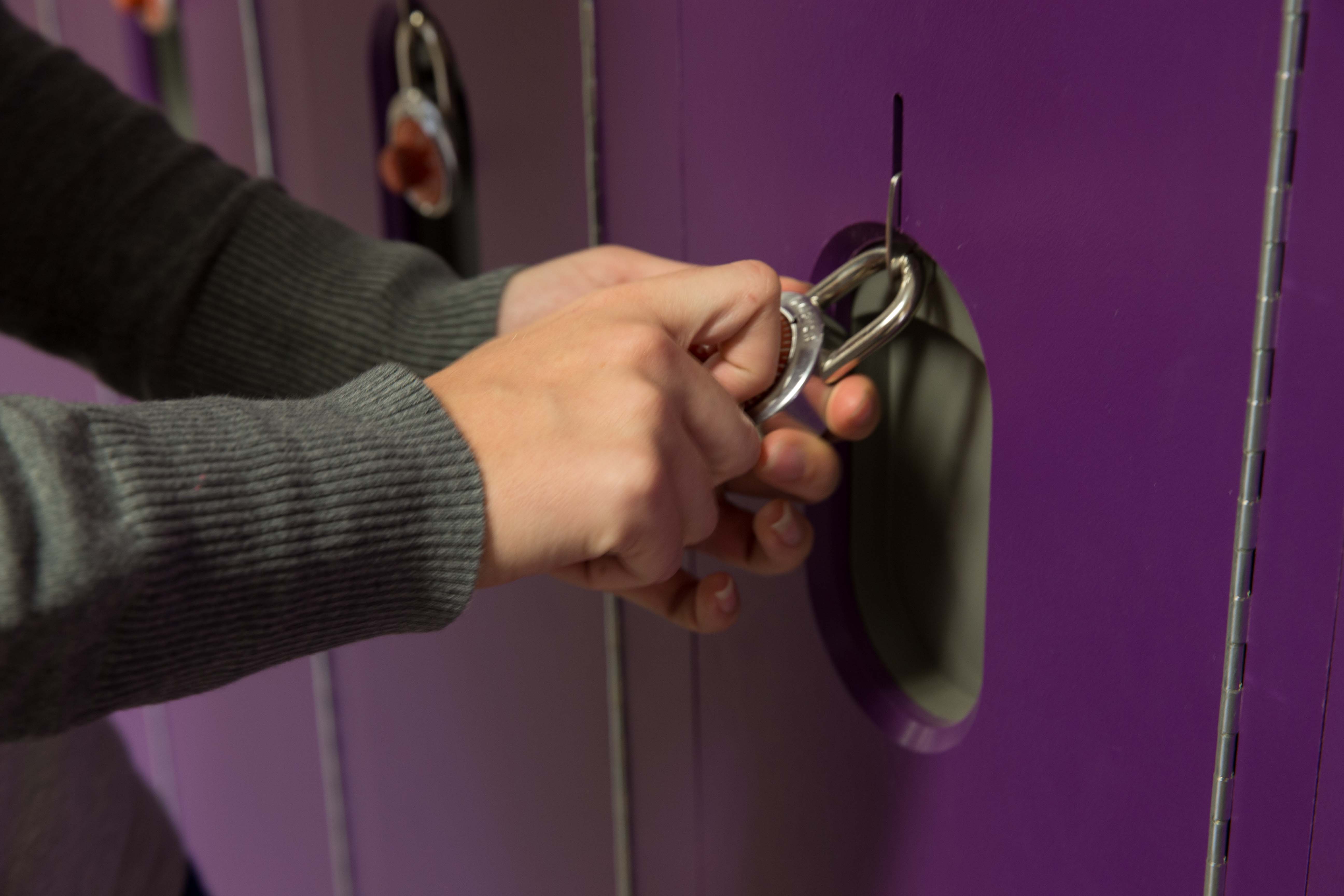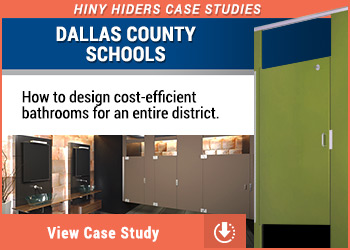Year after year, school lockers take quite a beating: slamming doors, the weight of textbooks and supplies, even graffiti and rust—a lot can lead to locker breakdown. That’s why it’s so important to inspect lockers at the beginning of each school year to ensure that they’re safe and in good condition for the next wave of students.
That process begins with a back-to-school locker assessment completed by your school’s maintenance team or other faculty members.
School Locker Assessment Plan
It’s a good idea for you or your maintenance team to do a complete walk-through of the school before officially opening doors to new students. Be sure to inspect the lockers carefully, checking for any signs of damage or neglect. It might be helpful to create a map so you can mark off any lockers that need further attention.

Here’s what to look for:
- Any signs of rust: Rust can be extremely dangerous when left untreated. Not only does it compromise the security of the locker, but it can also create sharp edges that could spread tetanus if a student accidently gets cut.
- Graffiti: One thing that leads to the occurrence of more graffiti is actually the presence of graffiti itself. So be sure to cover or remove any graffiti as soon as possible. This will also help to improve the overall perception of your school’s quality and security.
- Dents: A dented locker isn’t just an eyesore; it can also affect the locker’s ability to keep students’ belongings safe, especially if the dent allows someone to slip a hand inside the locker without needing to open the lock. Replace dented or damaged lockers immediately.
While many schools will find that replacing lockers is the best option, you’ll want to consider the material your new lockers are made of. That’s because traditional metal lockers, for example, are particularly prone to rust, graffiti, and other types of damage. Meanwhile, materials like high-density polyethylene (HDPE) naturally resist such damage.
HDPE as an Alternative Locker Material
In 2011, Danville Middle School was hit by devastating flood waters brought on by Tropical Storm Lee. The Pennsylvania school was submerged in up to 8 feet of dirty, polluted water, which damaged everything from classrooms to the library and even the district’s computer and telephone networks.
But some of the worst damage was to the school’s lockers, which were exposed to bacteria from the contaminated waters and began to rust.
When replacing the lockers, school officials decided to go with HDPE lockers for several reasons, including that HDPE is naturally resistant to bacteria, which now helps the school maintain a cleaner and healthier learning environment, and that the HDPE plastic is naturally resistant to rust (as well as dents and graffiti).
Which Lockers Are Best for Your School?
While every school is a little bit different, they all have the same goal: to provide students with a safe environment to learn and grow. Choosing the right materials for your facility can be just as important as the books and curriculums you choose. So before the start of the new school year, be sure to inspect the condition of your school’s lockers and ensure that they’re ready to serve your students.
Want to learn more about when to replace your lockers? Download this free Locker Replacement Checklist. In addition to walking you through the inspection process, this checklist includes helpful information about how to determine if your lockers need to be replaced or if they can be repaired at a lower cost.






